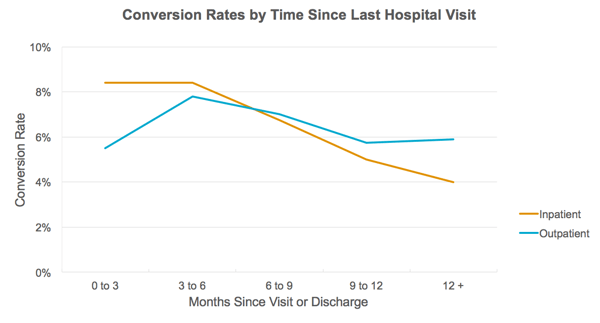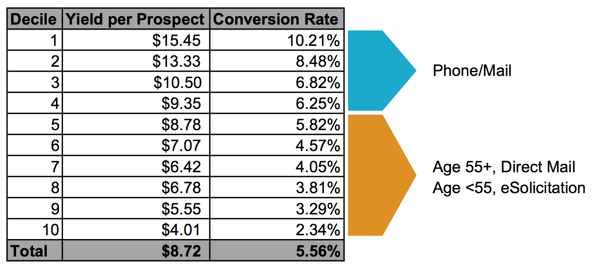
8 Tips to Acquire Grateful Patient Donors
Grateful patients continue to be the best source for health care organizations to acquire new donors. Great patient experiences can lead to future transformational donors, as grateful patients are former inpatients and outpatients who have converted to donors of the health care provider where they received care. Here are a few tips and strategies for you to consider when implementing your grateful patient programs.
8 Things Fundraisers Need to Know to Acquire Grateful-Patient Donors
- A great patient experience starts with your staff.
Your health care professionals are on the front lines with your patients, and through their daily interaction, they will be the best ambassadors for development. Having buy-in at all levels, and having staff trained to provide patients with information on how they can give back is critical. Develop an internal strategy where everyone is aware of the mission and educated on how to listen to what your patients are saying. - Multichannel fundraising is best.
In the realm of direct response, a multichannel strategy has proven to be the most effective. Leading with mail and digital, followed by meaningful phone conversations, creates the highest immediate and lifetime value from your new donor population. Phone is a channel many organizations ignore, but we see it consistently drive acquisition rates to about 6% and average gifts up 2x higher than using direct mail alone. While phone is a more expensive channel to pursue, the higher response and higher average gift show that with a few other tactics, organizations can run at break-even acquisition costs in year 1. - Timing your appeals is critical when reaching out to grateful patients.
Our data shows that response rates in all channels decrease by half from the 90 days to the 120 days from treatment window. Inpatients tend to have a bit of a longer window than outpatients, but response still deteriorates quickly after the 90-day mark. Create a monthly process that happens automatically to ensure timely outreach.
- Consider applying advanced analytics to your client base.
At TrueSense, we utilize a patient regression model that looks at obvious factors like age, sex, and wealth. But we also consider health-care-specific factors that indicate a higher likelihood to give, such as area of service, distance traveled to facility, number of visits, charitable giving, and percentage of health care workers in their neighborhood. All of these factors considered together will yield higher fundraising results.
We use predicted performance to drive channel decisions. This strategy also helps focus your acquisition dollars on the patients who will yield the best lifetime value. The most likely prospects are solicited by phone and direct mail. Those less likely to support the hospital are sent a direct-mail piece if over the age of 55 and an email appeal if they are younger than 55.
- Focus on your sustainer programs even during acquisition.
It’s easier to convert prospects to sustainer donors at the first patient ask, rather than trying to move them from a one-time to becoming a sustainer donor. This is another area where phone works extremely well — a two-way conversation helps to convey the benefits of becoming a sustainer donor. - Create an onboarding process for your new donors.
Once a donor is acquired, consider an onboarding process for these new grateful-patient donors. Digital can be a great channel for welcoming a donor, sharing impact stories, and even providing peer-to-peer opportunities to increase giving. At the very minimum, thank them for their generosity. - Balance your appeals between patient stories that pull at the heartstrings and exciting research advances.
Recent research we conducted on cancer center donors showed conflicting results on the best way to approach creative for your patient programs. Get your copy of the Cancer Donor Research here. Most donors indicated they were motivated to give to research, but selected a patient story as the preferred method of communication. Being able to weave an emotional patient story with your foundation’s needs is a careful balancing act. Customize and segment your appeals by your areas of service. - Don’t let donor retention be an afterthought.
Lastly, now that you have spent the time, money, and energy to acquire these grateful-patient donors, start thinking about your plan to retain them. Focus on the transition from onboarding to stewardship, and create a custom donor journey and organizational embrace for every segment of your file.
Other Series Posts
- Long-Term Value Is a Fundraiser’s Most Important Metric. Here’s Why!
- The Importance of Lapsed Donor Reactivation
- The Dilemma of Freemium-Acquired Donors
- Cooperative Database: 5 Reasons Your Charity Should Participate
- How to Convert Your Warm Prospects into Donors
- How to Choose the Best Fundraising Channel to Acquire Donors
Related Articles
View All
Actionable Fundraising Advice
